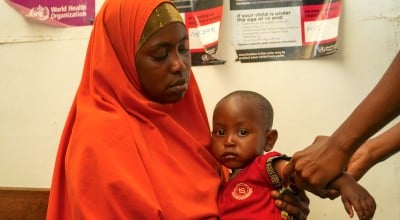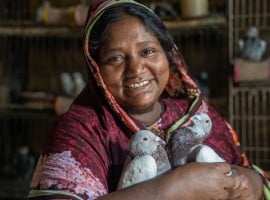
Read our 2024 annual report

Knowledge Hub
Not every humanitarian crisis makes the headlines. However, the longer they go ignored, the more complex they can become.
There is no shortage of humanitarian crises as we head into 2025. But many of them only get a brief mention by international news media.
Meanwhile, millions of people remain at risk as the situation becomes more complex or protracted. And as international interest flags, so too does funding. Based on humanitarian data from UNOCHA’s Global Humanitarian Overview, here are seven “forgotten” humanitarian crises that cannot be ignored in 2025.
1. Somalia
- Number of people requiring humanitarian aid: 6 million
- Number of internally-displaced Somalis requiring assistance: 3.8 million
- Humanitarian response funding required for 2025: $1.43 billion

Overlapping crises have plagued Somalia for decades. In 2023 alone, it experienced the worst drought in decades, followed by the worst floods in generations. A scale-up in humanitarian aid in 2022 and 2023 helped to avert catastrophe during the worst of the Horn of Africa drought, but 6 million people in the country still require assistance. The situation is exacerbated by decades of conflict and insecurity, which has led to nearly 4 million people internally-displaced — 80% of whom are women and children, who face additional challenges due to structural inequalities.
2. Haiti
- Number of people requiring humanitarian aid: 6 million
- Number of internally-displaced Haitians requiring assistance: 700,000
- Humanitarian response funding required for 2025: $906 million
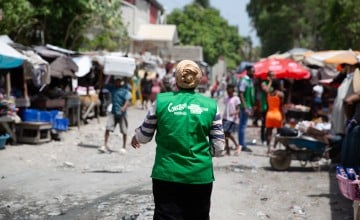
Humanitarian need in Haiti rose by nearly 10% in 2024 as the country continues to experience unprecedented levels of violence, including surges in the densely-packed capital of Port-au-Prince that began in February. Women have faced increased incidents of gender-based violence, and children are also at high risk for forced conscription, injury, and death. This crisis has allowed for others to follow in its wake, including extreme hunger levels and a major cholera outbreak.
3. Rohingya
- Number of people requiring humanitarian aid: 1.7 million
- Number of Rohingya refugees: 1 million
- Humanitarian response funding required for 2025: $900.9 million
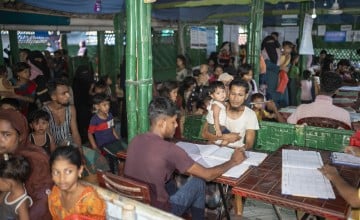
In 2017, a resurgence in violence against stateless Rohingya Muslims in Rakhine State, Myanmar, led to a massive displacement crisis, with many fleeing to neighbouring Bangladesh. Since then, over 1 million Rohingya have lived in temporary shelters in Bangladesh, facing seasonal epidemics, floods, and fires. Nearly just as many are still in Myanmar and require assistance. While basic needs are being met, between funding shortages and crisis fatigue, they face an uncertain future.
4. Burkina Faso
- Number of people requiring humanitarian aid: 5.9 million
- Number of Burkinabè internally displaced: 2 million
- Humanitarian response funding required for 2025: $792.6 million
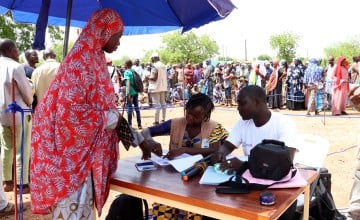
Burkina Faso is facing its worst crisis in history, with 25% of the population requiring assistance amid escalating regional conflict, political uncertainty, and ongoing displacement. Since 2016, the humanitarian need in Burkina Faso has more than quadrupled, and between 2023 and 2024 alone, humanitarian need increased by 35%. As of this summer, 40 localities with an estimated 2 million inhabitants were under blockade, meaning people and goods are not allowed to move in or out.
5. Lebanon
- Number of people requiring humanitarian aid: 1 million
- Humanitarian response funding required for 2025: $425.7 million
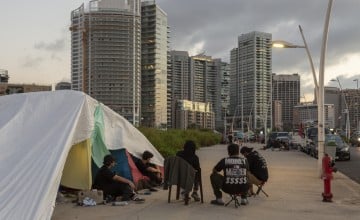
A growing economic and financial crisis in Lebanon, coupled with security issues, escalated further in September 2024, as conflict led to widespread civilian displacement and suffering. Within a few weeks of violence, over 1 million people (nearly a quarter of the population) had been displaced. This comes on top of extreme inflation rates, affecting the country’s most vulnerable communities (including a large community of refugees from nearby countries).
6. Niger
- Number of people requiring humanitarian aid: 2.7 million
- Humanitarian response funding required for 2025: $386.5 million
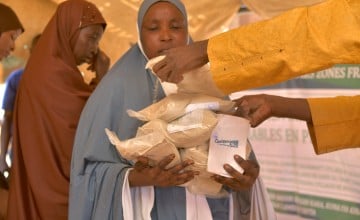
Neighbouring Burkina Faso, Niger has also faced regional conflict in the Sahel over the last decade. Social and political tensions increased following a coup d’état in July 2023, which also led to rising inflation rates, power outages, and increased food insecurity. Between chronic vulnerability and armed conflicts, more than 2.7 million Nigeriens will require assistance in 2025.
7. Central African Republic
- Number of people requiring humanitarian aid: 2.4 million
- Humanitarian response funding required for 2025: $326.1 million
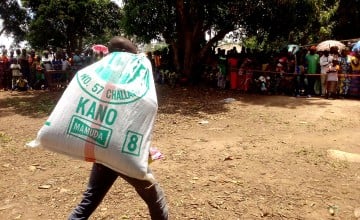
After several waves of conflict in the past two decades and the latest conflict losing intensity after 2021, the Central African Republic has still not been able to enjoy the dividends of peace. Ongoing fighting between government and non-government forces leaves over 40% of residents so vulnerable that “humanitarian assistance alone will not be sufficient for their well-being,” according to OCHA.
How Concern is working to ensure these crises are not forgotten
Emergency response is part of Concern’s DNA. Last year alone, Concern responded to 66 emergencies in 20 countries, reaching 15.5 million people. Not each of these emergencies was a full humanitarian crisis, but many of them represent smaller shocks that set many people further and further behind in the middle of a larger crisis. In each context our goal remains the same: fulfil our humanitarian mandate.
When an emergency strikes, we seek out the poorest and hardest-to-reach communities to meet their immediate needs, and work with them to design innovative, fast and effective responses. We stay with them to help rebuild their lives and to ensure that they are better able to cope with future crises. Your support allows us to do this vital work.


